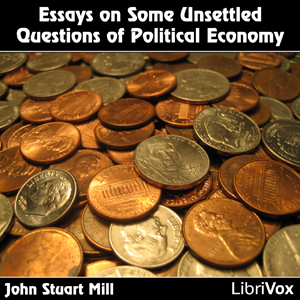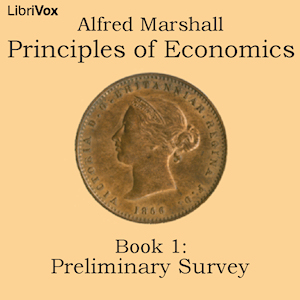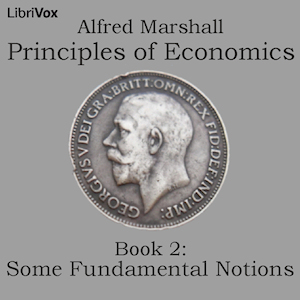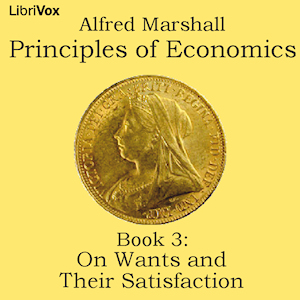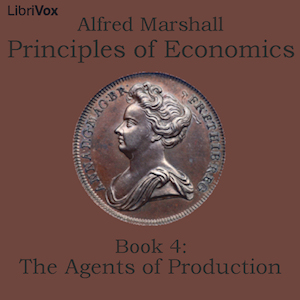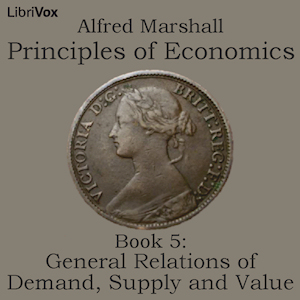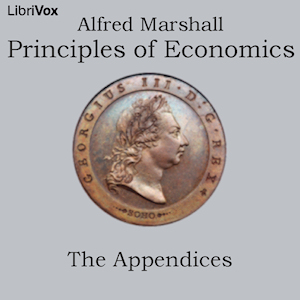- 01 - Chapter I - Introductory, Part One
- 02 - Chapter I - Introductory, Part Two
- 03 - Chapter II - Pecuniary Emulation
- 04 - Chapter III - Conspicuous Leisure, Part One
- 05 - Chapter III - Conspicuous Leisure, Part Two
- 06 - Chapter III - Conspicuous Leisure, Part Three
- 07 - Chapter IV - Conspicuous Consumption, Part One
- 08 - Chapter IV - Conspicuous Consumption, Part Two
- 09 - Chapter IV - Conspicuous Consumption, Part Three
- 10 - Chapter V - The Pecuniary Standard of Living
- 11 - Chapter VI - Pecuniary Canons of Taste, Part One
- 12 - Chapter VI - Pecuniary Canons of Taste, Part Two
- 13 - Chapter VI - Pecuniary Canons of Taste, Part Three
- 14 - Chapter VI - Pecuniary Canons of Taste, Part Four
- 15 - Chapter VI - Pecuniary Canons of Taste, Part Five
- 16 - Chapter VII - Dress as an Expression of the Pecuniary Culture, Part One
- 17 - Chapter VII - Dress as an Expression of the Pecuniary Culture, Part Two
- 18 - Chapter VIII - Industrial Exemption and Conservatism, Part One
- 19 - Chapter VIII - Industrial Exemption and Conservatism, Part Two
- 20 - Chapter IX - The Conservation of Archaic Traits, Part One
- 21 - Chapter IX - The Conservation of Archaic Traits, Part Two
- 22 - Chapter IX - The Conservation of Archaic Traits, Part Three
- 23 - Chapter X - Modern Survivals of Prowess, Part One
- 24 - Chapter X - Modern Survivals of Prowess, Part Two
- 25 - Chapter X - Modern Survivals of Prowess, Part Three
- 26 - Chapter XI - The Belief in Luck, Part One
- 27 - Chapter XI - The Belief in Luck, Part Two
- 28 - Chapter XII - Devout Observances, Part One
- 29 - Chapter XII - Devout Observances, Part Two
- 30 - Chapter XII - Devout Observances, Part Three
- 31 - Chapter XII - Devout Observances, Part Four
- 32 - Chapter XIII - Survivals of the Non-Invidious Interests, Part One
- 33 - Chapter XIII - Survivals of the Non-Invidious Interests, Part Two
- 34 - Chapter XIII - Survivals of the Non-Invidious Interests, Part Three
- 35 - Chapter XIV - The Higher Learning as an Expression of the Pecuniary Culture, Part One
- 36 - Chapter XIV - The Higher Learning as an Expression of the Pecuniary Culture, Part Two
- 37 - Chapter XIV - The Higher Learning as an Expression of the Pecuniary Culture, Part Three
- 38 - Chapter XIV - The Higher Learning as an Expression of the Pecuniary Culture, Part Four
Originally published by the Norwegian-American economist Thorstein Veblen while he was a professor at the University of Chicago in 1898, the Theory of the Leisure Class is considered one of the great works of economics as well as the first detailed critique of consumerism. In the book, Veblen argues that economic life is driven not by notions of utility, but by social vestiges from pre-historic times. (Summary modified from Wikipedia)
Proof-Listeners: Illiterati, Sarah Jennings, mim@can, Ken Sterry and Barry Eads
Proof-Listeners: Illiterati, Sarah Jennings, mim@can, Ken Sterry and Barry Eads
There are no reviews for this eBook.
There are no comments for this eBook.
You must log in to post a comment.
Log in


